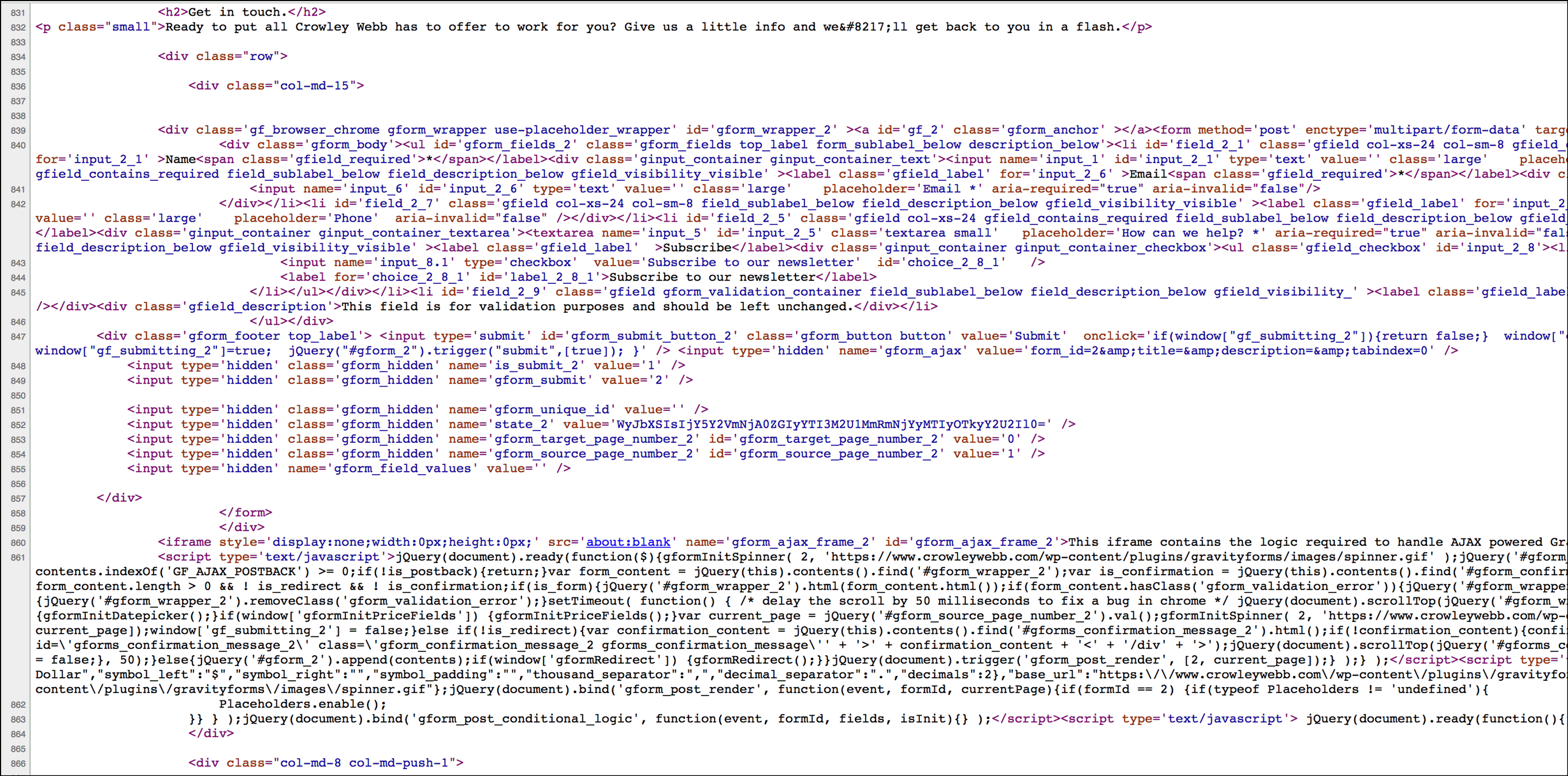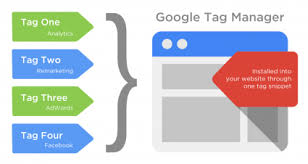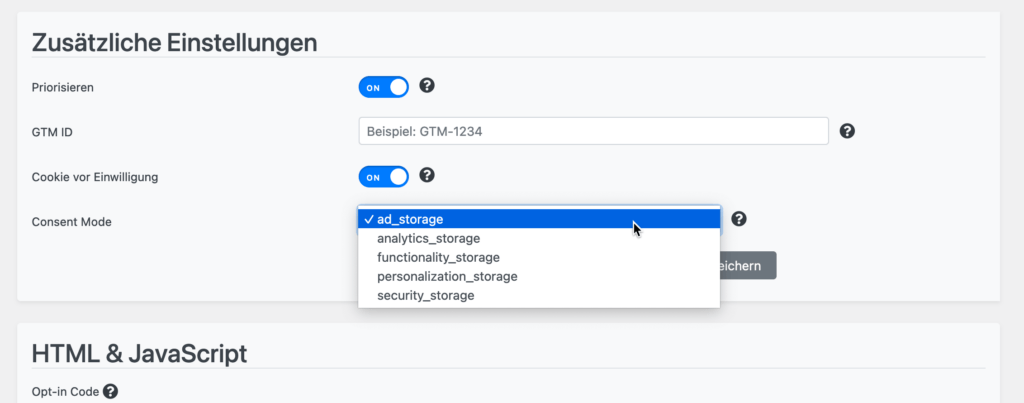The Buzz on Google Tag Manager Configuration
About Google Tag Manager Configuration
Table of ContentsMore About Google Tag Manager ConfigurationExcitement About Google Tag Manager Configuration4 Simple Techniques For Google Tag Manager ConfigurationWhat Does Google Tag Manager Configuration Do?Top Guidelines Of Google Tag Manager ConfigurationGoogle Tag Manager Configuration Can Be Fun For Anyone

Yay! You've concerned the very best part of the entire production procedure. All the job that you did to create the tags is concerning fruition. To launch, click heaven button in the right-hand corner that claims Submit. On the following screen, you'll see the option to develop a brand-new version for these changes.
The very first four are failsafe attributes that will certainly help you prevent and also recuperate from any blunders you may make within Google Tag Manager. These 4 failsafe functions can help you protect against as well as recover from any kind of errors you could make within Google Tag Supervisor. Work areas, Sneak Peeks, Versions, Third-Party Tags If you have numerous individuals operating in GTM, Workspaces makes it simple to work on something without also touching what other customers are dealing with. google tag manager configuration.

What Does Google Tag Manager Configuration Mean?
You can see that there are certain tags that are terminated and also ones that aren't. From there, you can identify what's functioning and also what's not before you release your brand-new tags. A variation is created each time you publish an adjustment to the container. This will certainly aid an individual create a background of the changes in GTM, when those modifications were made, and by whom.
You can simply republish one of the previous variations of GTM.When you go to the Versions area of GTM, you'll have the ability to see when the last version was developed and published, by that and the Version products such as tags, triggers, as well as variables. You'll additionally see the variation changes that were made there.
Choose Some Page Sights, to make sure that it doesn't activate on all web pages. That's a sure method to inflate your conversions without indicating to. If you do not want your tag to fire on all pages, you'll define the web pages below. Below that, you'll choose the conditions when the occasion takes place. The first dropdown has a number of variables to select from.
The 3rd area is where we define the URL.In this case, the URL will include/ thank-you. Occasion monitoring is a location where GTM can actually beam. Prior to GTM, if you wanted to track events such as button clicks as well as video plays, you would have a designer include the monitoring code for each and every.
The 5-Second Trick For Google Tag Manager Configuration
Occasion monitoring is very remarkable. Has a client check my site ever asked you the amount of times a site visitor has clicked a link, video, or numerous switches, and you just weren't certain? If indeed, event monitoring is going to be your new BFF.Set your Integrated Variables. These are the ones we like to have as a default.
This makes it very easy when you start developing more tags and also sets off down the line. Do you ever before question if all that web content you produced is in fact getting eyeballs on it specifically below the layer? You can make use of tools like Hot, Container, which provides warm maps. This is concerning GTM, and it has an option.
To get started on this, produce a trigger and also name it something like DOM Ready, which simply means that the scroll depth tag will terminate when the DOM is prepared - google tag manager configuration. DOM stands for Record Things Model.
When this trigger is produced, relocate on to producing your tag. Select Custom-made HTML in the Custom-made area of the tag types.
7 Easy Facts About Google Tag Manager Configuration Described
For every of the variables, you'll produce an Information Layer Variable in the Web Page Variable Types. Below's the beginning page for developing the following four variables. The 4 variables will look like the screenshots listed below: event, Category variableevent, Activity variableevent, Label variableevent, Worth variable When your variables are created, you'll wish to send that tracking information to the information layer.
Call your tag and choose Occasion as the Track Kind. The 4 variables that you created are included into the tracking parameters.
The trigger type that you'll pick is the Custom Event. The trigger in this scenario is a Personalized Event. Call your trigger, include the event name, as well as conserve whatever. Examine your version to ensure every little Homepage thing looks great, and after that publish your work. Scroll Depth must be on all pages, unless there's a factor to leave out any pages.
These can be available in helpful prior to the conversion or perhaps after the conversion. For example, we have a customer that, after their site visitors downloaded the white paper, were provided the choice to download and install other PDFs. We wanted to track this to see what visitors' rate of interests are, so we can supply something different at one more time.
Not known Details About Google Tag Manager Configuration

Tracking website traffic across various domain names and also subdomains can be a pain. If, as an example, you have a customer that has a domain name on one site, however check out on an additional, this section will be valuable for you. To begin, you'll desire to develop a couple of user-defined variables. Most likely to the Variables area in Google Tag Supervisor, and also click to develop a brand-new User-Defined Variable.
In Google Analytics, the time on the Rates Web page isn't counted. That's where Trigger Timers come to the rescue.
Currently that that Timer Trigger is created, you'll want to develop a tag to push this event to GA.
Not all tags are developed equal, and also you may want particular tags to fire before others. If you have a certain order for which you desire your tags to fire, Tag Sequencing will enable you to define if like it you want the tag to fire prior to or after another tag.
To omit inner traffic, develop a variable and name it IP Address. Select Information Layer Variable as the Variable kind. To start omitting IP addresses, you'll make use of Information Layer Variable. Name the Data Layer Variable and also conserve. Name your variable. Next, you'll produce the trigger to discharge this. You'll choose Customized Occasion as the Trigger kind, include a name for the event, as well as select for the trigger to fire on some custom events.